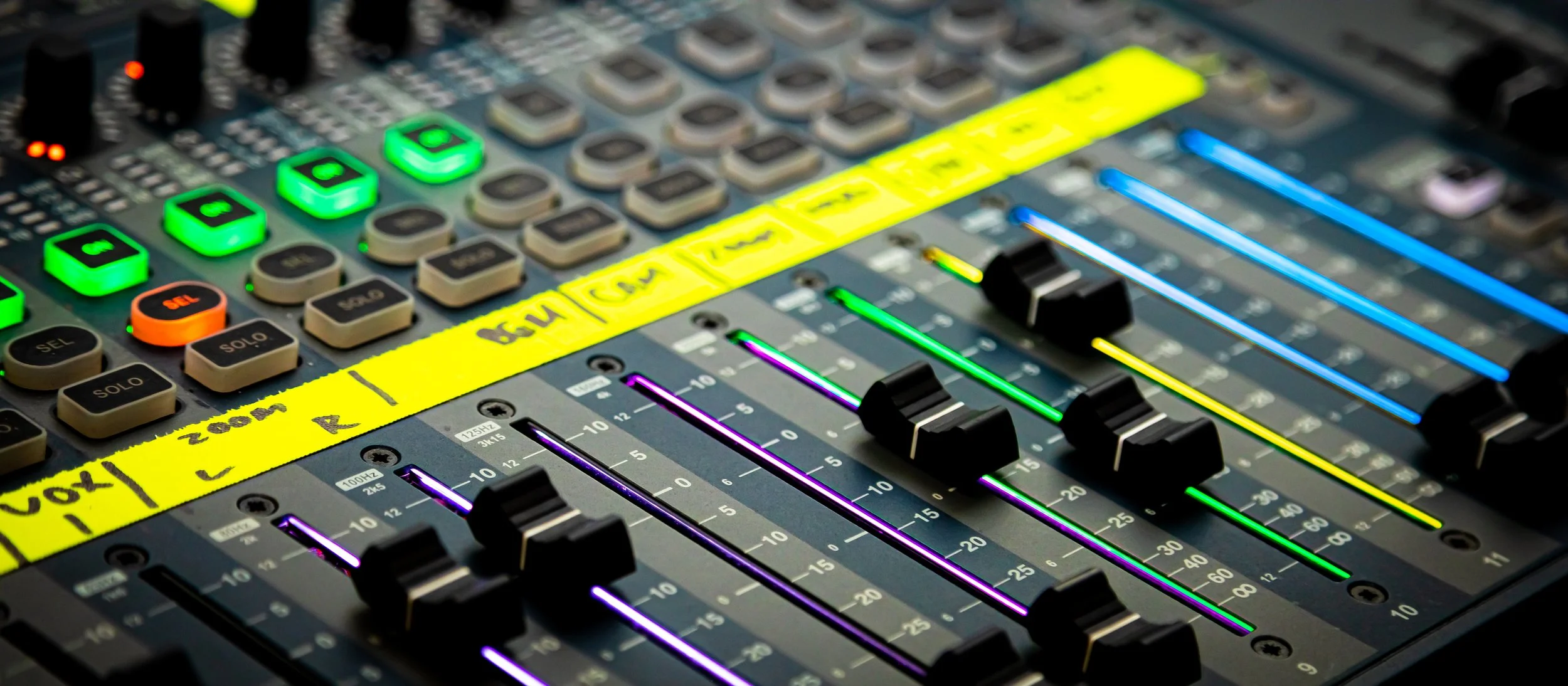Mastering Starts Here: How to Deliver a Perfect Mix from Logic Pro
Mastering Starts Here: How to Deliver a Perfect Mix from Logic Pro
In Studio 1 at Create-it Studios, the room settles into a familiar silence, meters idling in Logic Pro, headphones draped across the desk, the final mix shimmering just below 0 dB. This is the moment before the master, when precision becomes preservation. What you send to a mastering engineer shapes everything that follows.
Inside our audio suites, outfitted with Universal Audio SD-1 microphones, Focusrite Scarlett 18i16 interfaces, and Adam Audio monitors, engineers rely on one simple principle: a mix should breathe. The goal isn’t to make it louder, it’s to make it ready.
Clear Your Master Bus
Before exporting, make sure your master channel has no processing that affects dynamics or loudness. If you’ve been referencing with a limiter or compressor, disable them before you bounce. If your mix depends on them creatively, export two versions, one with effects for reference and one without for mastering.
Keep Headroom
Aim for your mix to peak between –6 dB and –3 dBFS. This leaves the mastering engineer enough dynamic space to apply EQ, compression, and limiting without distortion or digital clipping.
Adjust Tracks, Not the Master Fader
If your mix is clipping, lower the levels of individual tracks rather than pulling down the master fader. This maintains internal balance and preserves how your plugins respond to input.
Clean the Mix
Use high-pass filters and noise gates to eliminate unwanted rumble, hiss, or low-frequency buildup. Logic’s Channel EQ and Noise Gate plugins are effective tools for this, focus on clarity and contrast, not just volume.
Add Silence
Leave a few bars of space before and after your track when exporting. This simple detail gives mastering engineers clean in/out points and ensures no fades or reverb tails are accidentally cut.
Match Your Format
Export your bounce at the same bit depth you mixed in, typically 24-bit WAV or AIFF. Keeping file formats consistent ensures fidelity throughout the mastering process.
No Normalization or Dither
When exporting, turn off normalization and dither. These processes alter your mix’s perceived loudness or add low-level noise, which can interfere with a mastering engineer’s precision.
Provide References
Send one or two reference tracks that capture your intended tone, energy, and balance. A great reference helps your mastering engineer understand not just your sound, but your intent.
Creative Takeaway
Mastering begins long before the limiter. A clean, balanced mix gives your mastering engineer the space to enhance, not fix. The more intentional your preparation, the more faithfully your final master will reflect your creative identity.
Closing Reflection
At Create-it Studios, prepping your mix isn’t just technical, it’s creative respect. Every decibel of headroom, every muted hiss, every preserved transient ensures your final master represents the energy and emotion you started with. The mastering stage may polish the diamond, but the cut, the shape, is made here.

